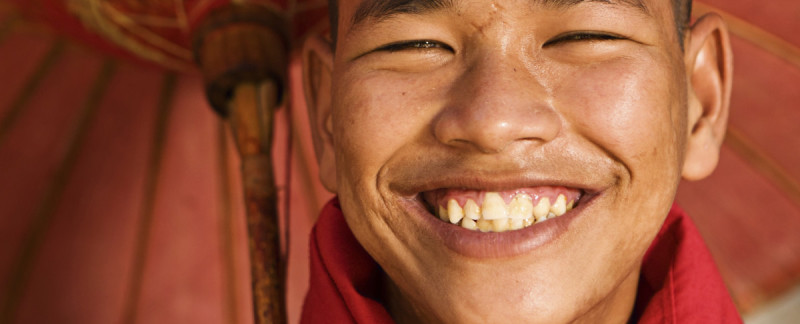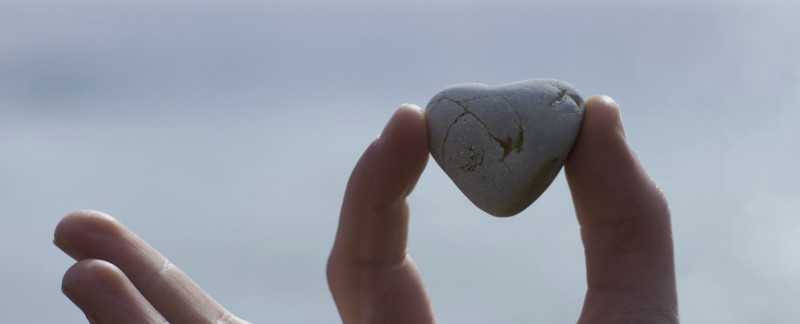Join Lori Stelling and Mike Coughlin, local leaders of N.V.I.M., for a day of
meditation and reflection on our personal and communal
relationship with the unfolding and escalating climate
emergency. How do we look inward and hold the truth of
our experience without falling into states of overwhelm and
paralysis? How do we look outward at the world around us
and find the resolve to take meaningful action while also
maintaining a sense of balance and equanimity?
During this half-day retreat, which is open to experienced
meditators as well as those who are new to the practice, we
will participate in periods of meditation, gentle movement and
reflective exercises. Through the practice of mindful awareness,
we will cultivate the qualities of compassion, clarity and wise
engagement.
What to Bring:
• Please bring a lunch for yourself that does not need to be
refrigerated (filtered water & hot tea will be provided)
• Layered clothing (temperatures may vary)
• A notepad and a pen
Suggested Donation: $50 – $25
No one will be turned away for lack of funds
Registration and Information: You can register at Eventbrite by clicking on the link below:
or by contacting Lori Stelling at Lori@napainsight.org





